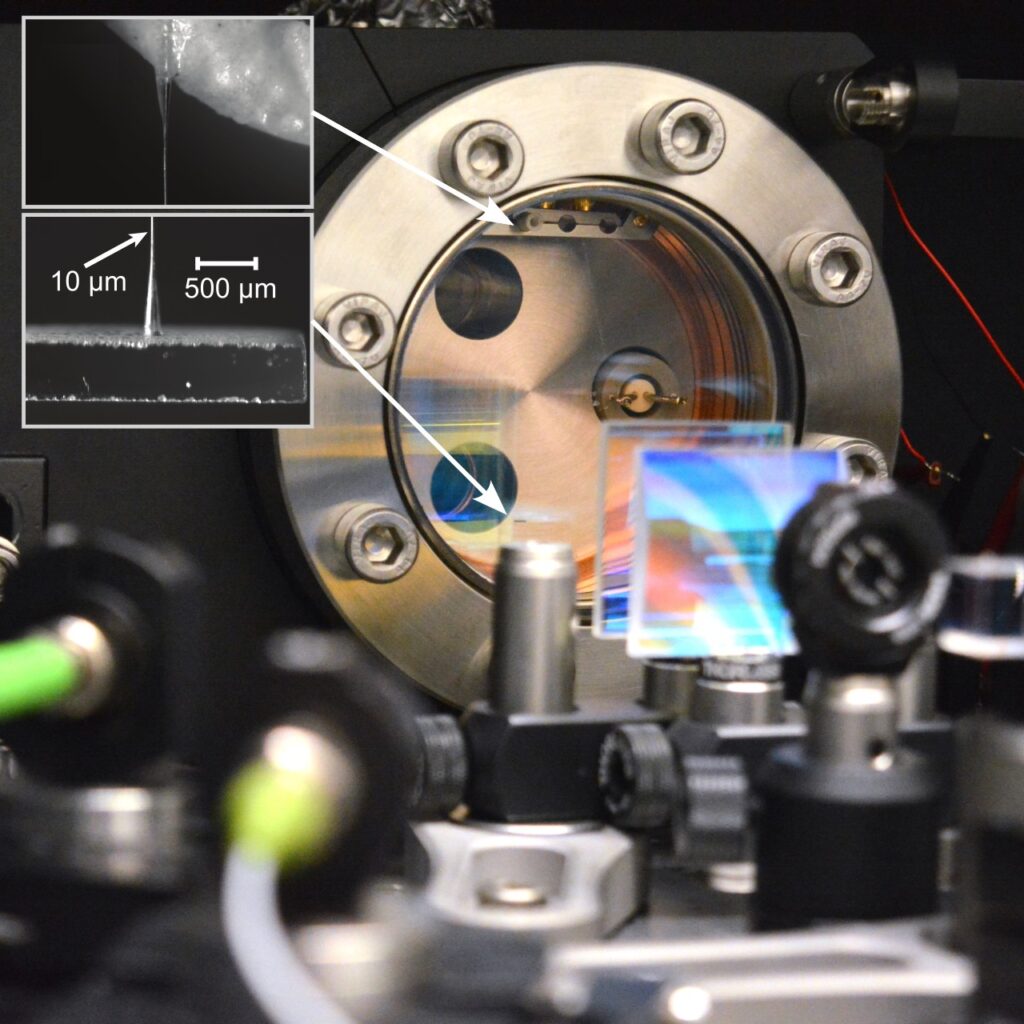Milligram-scale pendulums provide a promising platform for tabletop gravity experiments. This is because their mass is substantial enough for gravitational coupling to dominate over other interactions, yet sufficiently small to potentially bring them into a quantum state of motion. Developing the pendulums and methods to sense and manipulate their motion, we aim to address the following questions:
- Can we achieve sufficient isolation and quantum control of milligram scale oscillators so that quantum mechanics and gravity can be experimentally relevant at the same time?
- How small of a gravitational coupling can one sense between such oscillators?
- Can we extract information about the quantum mechanical nature of gravity in these experiments?

Here is a relevant review article to learn more: Quantum sensing with milligram scale optomechanical systems, Yuta Michimura & Kentaro Komori, The European Physical Journal D, Volume 74, article number 126
Active projects
- Reading out and manipulating the torsional motion of a 1-milligram pendulum in an optical lever setup
More to read: Laser cooling a 1-milligram torsional pendulum to 240 microkelvins, Sofia Agafonova et al., arXiv:2408.09445 - Cavity optomechanics for improved torsion sensitivity
More to read: Zigzag optical cavity for sensing and controlling torsional motion, Sofia Agafonova et al., Phys. Rev. Research 6, 013141 - Exploring methods to boost mechanical quality factor of optical fibers
More to read: Feedback cooling the fundamental torsional mechanical mode of a tapered optical fiber to 30 mK, Felix Tebbenjohanns et al., Phys. Rev. A 108, L031101
